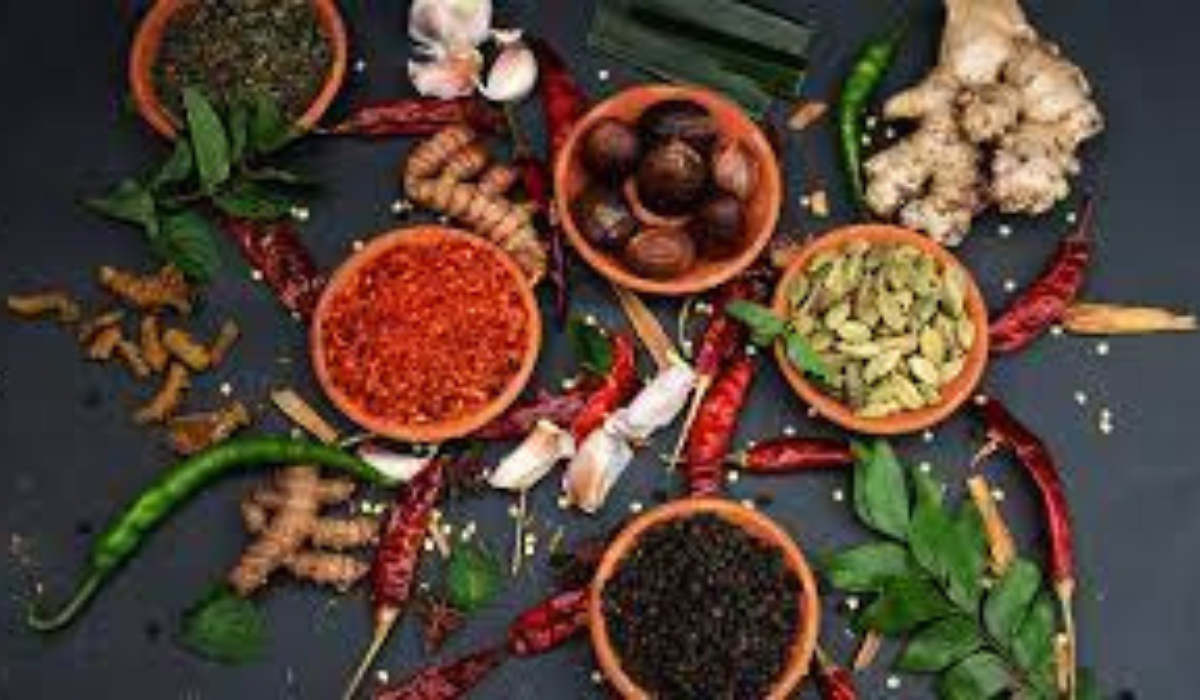Table of Contents
I. Introduction to Agriculture in Sri Lanka


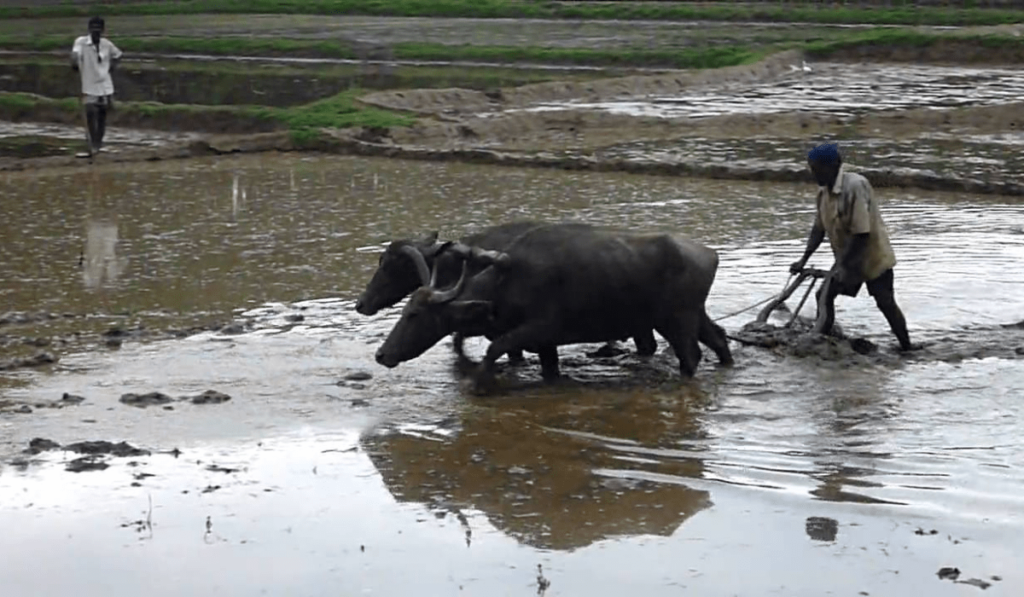

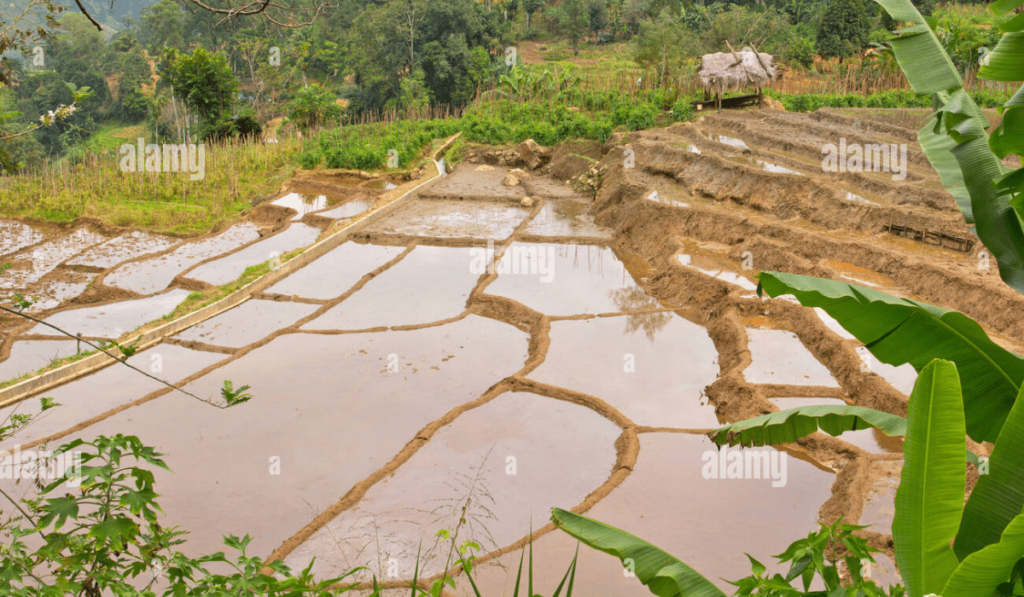
A. Overview of Sri Lanka’s Agricultural Landscape
Sri Lanka, often referred to as the “Pearl of the Indian Ocean,” boasts a rich agricultural heritage that has shaped its culture and economy for centuries. The country’s diverse climate and topography allow for a wide variety of crops, ranging from rice and tea to spices and fruits. With approximately 25% of the workforce engaged in agriculture, it remains a crucial sector that underpins the livelihoods of countless families.
B. Importance of Agriculture in the National Economy
Agriculture is the backbone of Sri Lanka’s economy, contributing around 8% to the GDP. Beyond its economic significance, agriculture also plays a vital role in food security, trade, and cultural practices. The export of tea, rubber, and coconut products has positioned Sri Lanka as a key player in global markets, highlighting the sector’s importance for economic growth.
C. Historical Context of Agriculture Development
Understanding the current state of agriculture in Sri Lanka requires a journey into its past. Agriculture has evolved dramatically over the centuries, shaped by various influences, including ancient practices, colonial rule, and post-independence reforms. These historical developments have created a complex landscape that continues to impact modern agricultural trends.
II. Historical Foundations of Agriculture in Sri Lanka

A. Ancient Agricultural Practices
1. Traditional Crops and Cultivation Techniques
In ancient Sri Lanka, agriculture was primarily subsistence-based, with rice being the staple crop. Farmers employed traditional techniques, including shifting cultivation and agroforestry, which demonstrated a deep understanding of local ecosystems.
2. Role of Irrigation Systems in Ancient Sri Lanka
The ingenious use of irrigation systems, especially in regions like Anuradhapura, allowed for efficient water management. These man-made reservoirs and canals are a testament to the advanced agricultural practices of ancient Sri Lankans, enabling them to cultivate multiple crops throughout the year.
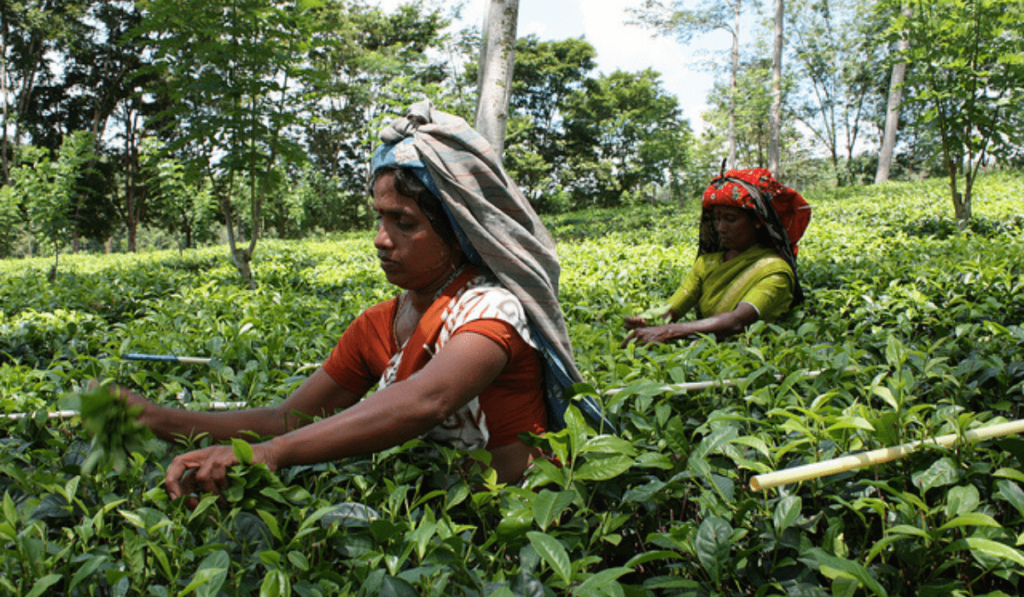


3. Cultural Significance of Agriculture in Early Society
Agriculture was not just a means of sustenance; it was intertwined with culture and religious practices. Festivals celebrating harvests demonstrated the deep-rooted connection between agriculture and community life, showing how vital it was to their identity.
B. Colonial Impact on Agriculture
1. Introduction of Cash Crops under Colonial Rule
The British colonial period brought significant shifts in agricultural practices, emphasizing cash crops like tea, coffee, and rubber. This economic model fundamentally altered the agricultural landscape and aimed to integrate Sri Lanka into the global economy.


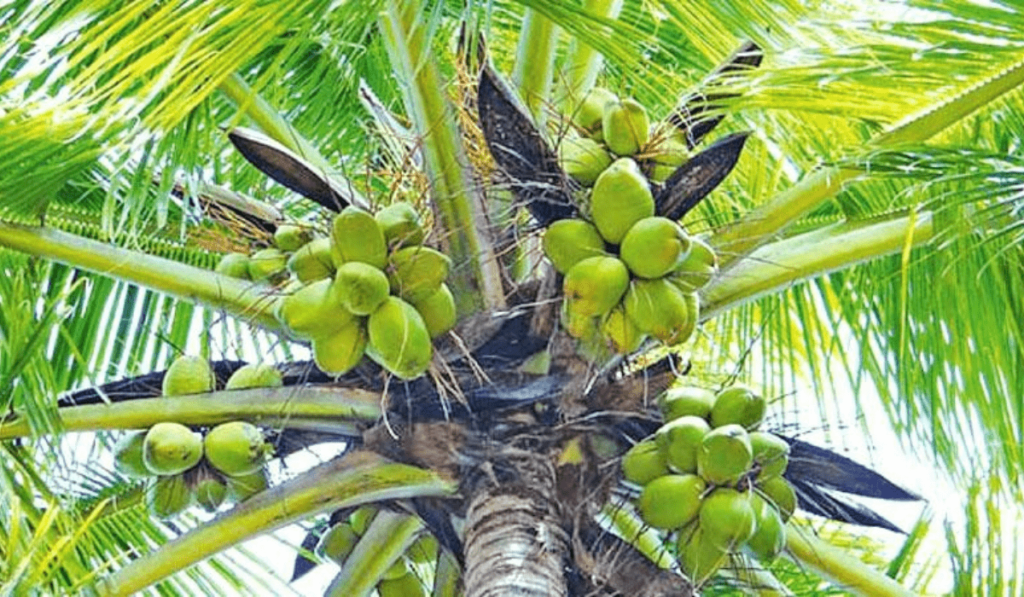


2. Changes in Land Ownership and Farming Practices
Colonial rule led to the appropriation of land from local farmers, often concentrating ownership among European planters. This shift created a divide between smallholders and estate workers, impacting local economies and lifestyles.
3. Influence on Economic Structures and Social Systems
The focus on cash crops encouraged a reliance on exports rather than self-sufficiency, instilling a cycle of economic dependency. This restructuring of the agricultural sector influenced social hierarchies, with landless farmers facing increased challenges.
C. Post-Independence Agricultural Policies
1. Shifts in Agricultural Strategies after 1948
After gaining independence in 1948, Sri Lanka aimed to revitalize its agricultural sector. The focus shifted back to food production and diversification amidst a backdrop of economic challenges.
2. Role of State Support and Development Initiatives
The government introduced various initiatives, such as the establishment of agricultural research institutions and extension services, to provide support and knowledge to farmers. Investments in infrastructure helped improve productivity.
3. Evolution of Land Reforms and Agricultural Cooperatives
Land reform policies sought to redistribute land to promote smallholder farming. Cooperatives emerged, fostering collective farming and providing farmers with access to resources and markets.
III. Current State of Agriculture in Sri Lanka
A. Major Agricultural Products and Crops
1. Overview of Key Crops: Rice,Tea, and Spices
Today, rice remains the staple food, while tea and spices like cinnamon and pepper play crucial roles in exports. The diversity of crops contributes to both local consumption and international trade.
2. Diversity in Agricultural Production
Farmers in Sri Lanka cultivate a myriad of crops, including fruits, vegetables, and pulses. This variety not only enhances food security but also allows for resilience against market fluctuations.
3. Role of Organic Farming and Sustainability
In recent years, there has been a growing trend toward organic farming, reflecting a shift in consumer preferences. Farmers are increasingly adopting sustainable practices, promoting healthier ecosystems and improving soil fertility.
B. Challenges Facing the Agricultural Sector
1. Impact of Climate Change on Agriculture
Climate change presents significant threats to agriculture in Sri Lanka, leading to erratic weather patterns, droughts, and flooding. Farmers often struggle to adapt, facing unpredictable conditions that jeopardize their livelihoods.
2. Soil Degradation and Water Scarcity Issues
Pests, chemical use, and intensive farming practices have led to soil erosion and degradation. As water becomes scarcer, the challenge for farmers is to find sustainable solutions that protect both their crops and the environment.
3. Economic Pressures and Market Access Barriers
Farmers often face economic hardships due to rising costs, fluctuating market prices, and limited access to credit. These challenges can hinder their capacity to innovate and expand production.
C. Role of Technology in Modern Agriculture



1. Adoption of Precision Farming Techniques
Precision farming techniques have emerged to help farmers optimize resource use. By utilizing data to make informed decisions, farmers can increase their productivity while minimizing environmental impacts.
2. Use of Data Analytics and IoT in Farming
The use of data analytics and the Internet of Things (IoT) offers tremendous potential for monitoring crop health, soil conditions, and weather patterns. This technological integration helps farmers respond proactively to challenges.
3. Development of Bioengineering and Improved Varieties
Scientific advancements in bioengineering are helping create improved crop varieties that are more resilient to pests and diseases. This innovation promises to bolster food security amidst the pressures of climate change.
IV. Innovative Trends in Sri Lankan Agriculture
A. Sustainable Agricultural Practices
1. Agroecology and Permaculture Approaches
Agroecology and permaculture are gaining popularity among farmers looking for sustainable alternatives. These practices promote biodiversity and emphasize the importance of natural ecosystems in food production.
2. Organic Certification and Export Opportunities
With rising global demand for organic products, many Sri Lankan farmers are pursuing organic certification. This movement presents opportunities for export and enhances farmers’ incomes.
3. Community-Based Resource Management
Community-based initiatives are encouraging local stewardship of resources, allowing farmers to collectively manage land and water. This collaborative approach fosters resilience and sustainability.
B. Integration of Agriculture and Technology


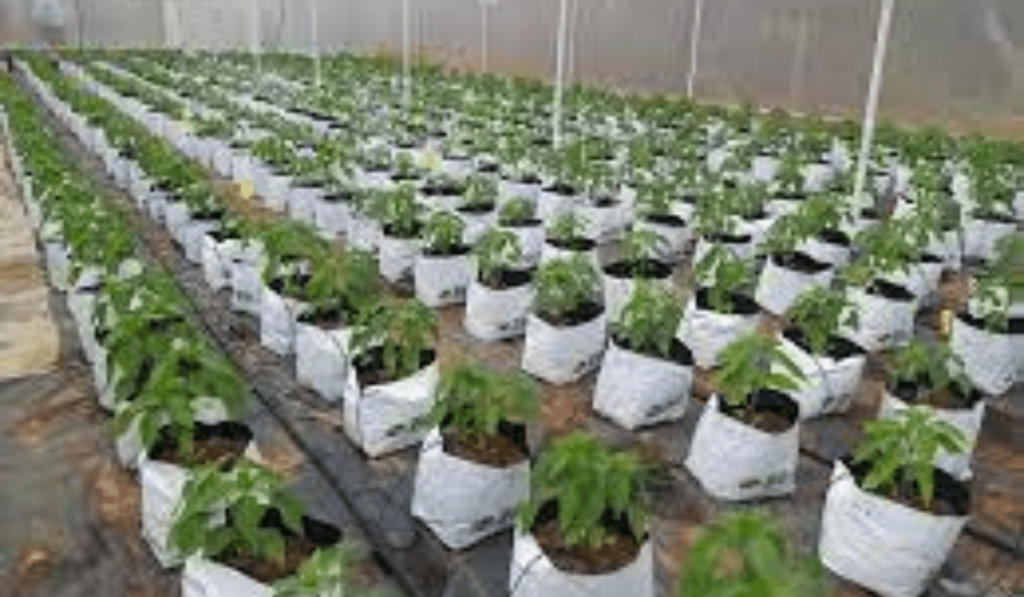
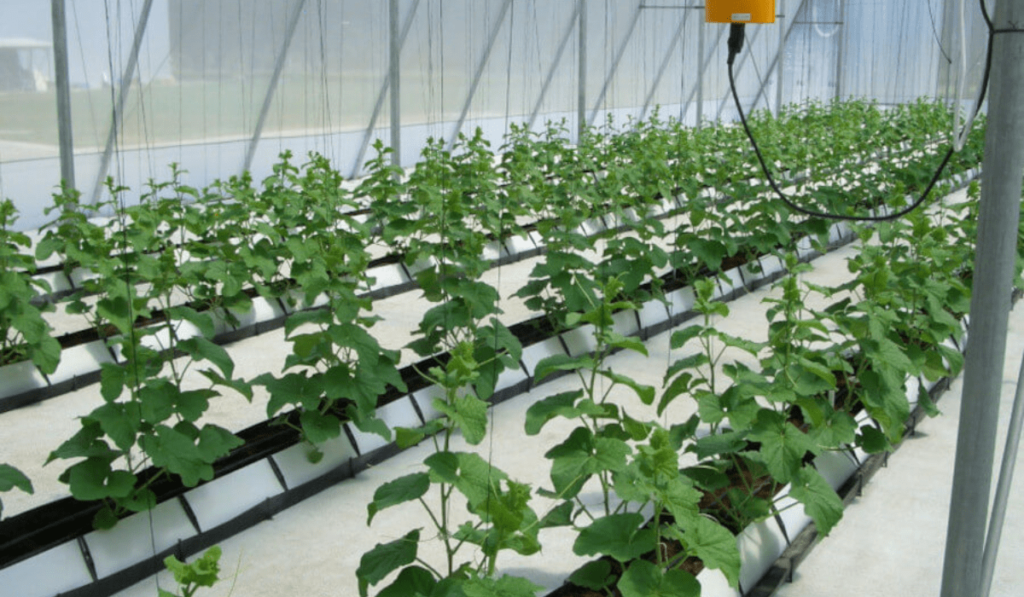



1. Digital Platforms for Farmer Support and Market Information
Digital platforms are emerging to provide farmers with vital market information, weather forecasts, and advice on best practices. By leveraging technology, farmers can make informed decisions and improve their incomes.
2. Use of Drones and Satellite Technology in Monitoring
Drones and satellite technology have opened new avenues for monitoring crops and assessing land conditions. These tools help farmers identify issues early, improving yields and reducing losses.
3. Impact of Mobile Apps in Enhancing Crop Management
Mobile applications are being developed to assist with crop management. Farmers can access information on pest control, planting schedules, and market prices straight from their smartphones.
C. Agro-Tourism and Its Impact on Rural Communities
1. Development of Agro-Tourism as a Niche Industry
Agro-tourism is gaining traction in Sri Lanka, where visitors can experience farms firsthand. This niche industry not only promotes local culture but also provides additional revenue for farmers.
2. Benefits for Local Farmers and Communities
Through agro-tourism, local communities benefit from increased income and job creation. This form of tourism helps preserve traditional farming practices and fosters community spirit.
3. Future Prospects for Sustainable Rural Economic Growth
As agro-tourism grows, it presents an opportunity for sustainable rural development. It encourages the conservation of natural resources while creating economic opportunities for local farmers.
V. Policy and Future Directions
A. Government Policies and Support for Agriculture through Department of Agriculture
1. Overview of Recent Agricultural Policies
The Sri Lankan government has initiated various agricultural policies aimed at enhancing productivity and sustainability. Recent policies focus on supporting smallholder farmers and encouraging organic practices.
2. Investment in Infrastructure and Research
Investment in agricultural infrastructure, such as roads and storage facilities, is essential for improving access to markets. Research institutions are also crucial for developing innovative agricultural solutions.
3. Strengthening Farmer Organizations and Cooperatives
Empowering farmer organizations and cooperatives provides farmers with collective bargaining power and resources. By banding together, they can access markets more effectively and share knowledge.
B. Role of International Organizations and Aid
1. Collaboration with NGOs and Foreign Aid Initiatives
International organizations and NGOs play a vital role in providing support for agricultural development. Their collaboration with local communities helps implement sustainable practices and improve food security.
2. Contributions of International Organizations to Agricultural Development
Organizations like the FAO and World Bank contribute funding and expertise to enhance agricultural practices in Sri Lanka. Their involvement strengthens the capacity of the agricultural sector.
3. Impact of Global Trade Agreements on Local Agriculture
Global trade agreements significantly influence local agriculture, providing access to new markets while also posing challenges for local farmers. It’s essential for Sri Lanka to navigate these agreements wisely.
C. Vision for the Future of Agriculture in Sri Lanka
1. Potential for Agro-Innovation and Start-ups
The rise of agro-innovation and start-ups presents exciting prospects for the agricultural sector. By fostering innovation, Sri Lanka can enhance productivity and sustainability in farming.
2. Importance of Education and Training for Farmers
Education and training programs are essential to equip farmers with modern knowledge and practices. By investing in human capital, Sri Lanka can strengthen its agricultural sector significantly.
3. Long term Sustainability Goals for Agricultural Practices
Establishing long-term sustainability goals is crucial for the future of agriculture in Sri Lanka. These goals should focus on conserving natural resources while promoting economic viability for farmers.



VI. Conclusion
A. Recap of Historical and Modern Developments
Sri Lanka’s agricultural journey has been marked by historical evolution, economic shifts, and innovative trends. The resilience of the agricultural sector reflects its adaptability to changing circumstances.
B. Importance of Innovation and Sustainability
As the world faces environmental challenges, the importance of innovation and sustainability in agriculture cannot be overstated. Embracing new practices is key to ensuring a thriving agricultural future.
C. Call to Action for Stakeholders in the Agricultural Sector
It’s crucial for all stakeholders, including the government, farmers, and communities, to collaborate and support sustainable practices. By coming together, we can nurture a vibrant agricultural landscape that benefits everyone.
VII. Frequently Asked Questions (FAQs)
A. What are the major crops cultivated in Sri Lanka?
Sri Lanka primarily cultivates rice, tea, rubber, and spices. Rice is the staple food, while tea and spices are important exports.
B. How has agriculture evolved over the last century in Sri Lanka?
Agriculture in Sri Lanka has transitioned from traditional subsistence farming to a more market-oriented approach, influenced by colonialism and modern technological advancements.
C. What role does technology play in modern Sri Lankan agriculture?
Technology plays a vital role by improving productivity through precision farming, data analytics, and smart farming techniques.
D. How can sustainable practices be encouraged among farmers?
Sustainable practices can be promoted through education, access to resources, and government support for organic and eco-friendly farming methods.
E. What is the government’s stance on supporting agricultural innovation?
The government is increasingly focusing on agricultural innovation, providing policies, infrastructure, and support initiatives to modernize and sustain the sector.



